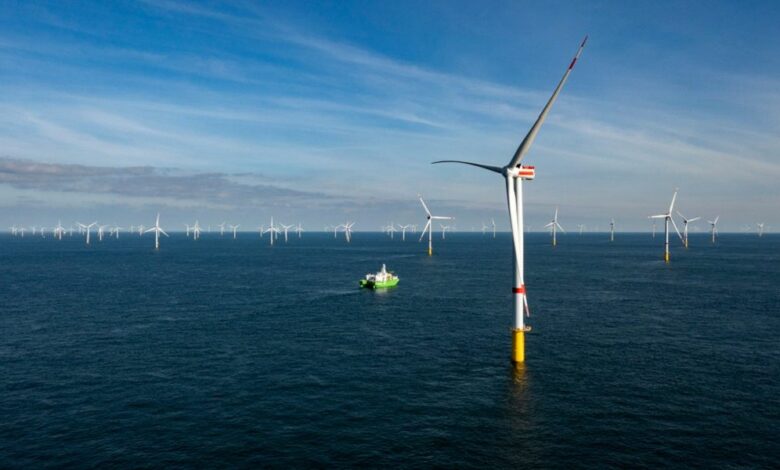New report lays out road map for comprehensive US offshore wind supply chain

The Business Network for Offshore Wind, the National Offshore Wind Research & Development Consortium (NOWRDC), the National Renewable Energy Laboratory (NREL) and several other organisations have released a report, A Supply Chain Road Map for Offshore Wind Energy in the United States, that identifies how the US can develop the domestic supply chain required to achieve the national offshore wind target of 30 gigawatts (GW) by 2030.
The report discusses barriers that could prevent or delay supply chain expansion, offers potential solutions to help overcome those challenges, highlights major considerations for developing resilient, sustainable and equitable manufacturing capabilities, and estimates the number of required major component manufacturing facilities, ports and vessels that would need to be developed by 2030 under a domestic supply chain scenario that supports an annual deployment of 4 to 6 GW a year. This scenario also guides discussion regarding the investment, development time and workforce growth that could be required to develop a domestic offshore wind supply chain.
“To meet our ambitious clean energy national goals, American manufacturers must play a larger role to accelerate our transition,” said Ross Gould, vice president for Supply Chain Development and Research at the Business Network for Offshore Wind, in a released statement. “This road map lays out the challenges and collaborative actions needed to bring more domestic companies into the supply chain and the opportunity those businesses bring to building out the US offshore wind industry.”
“To fully realize the potential of offshore wind energy in the United States, it is important we understand the gaps and needs of the current offshore wind supply chain,” noted Maryland Energy Administration Director Paul Pinsky. “By understanding the needs of the industry, we can target investments to local businesses and workforce which create economic opportunities while achieving our goals of cleaner, more reliable energy.”
